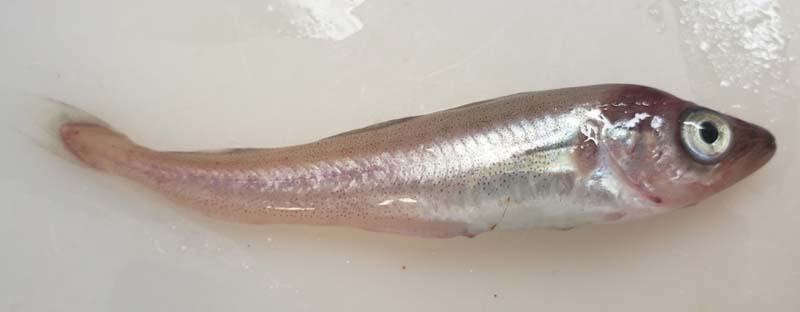
$7.2 million. No folly now, Bill. As a matter of fact, thanks.
New Modeling Approach Provides Valuable Insights into the Important and Complex Role of Environmental Variables in Juvenile Fish Survival
Scientists have developed a novel analytical method to learn more about critical relationships in the ocean. In particular, they are seeking to refine their understanding of how regional environmental and climate conditions affect juvenile fish survival.
NOAA / Alaska / May 27, 2020
Variation in the productivity and sustainability of fish resources is determined, in part, by large changes in juvenile fish production from year to year. This is defined as “recruitment.” Fisheries oceanographers and fish stock assessment scientists have been trying to better understand and predict this variation for more than 100 years.
“We are seeing a lot of changes in the Bering Sea ecosystem. With analytical tools like this, we should be able to quickly identify factors affecting juvenile fish survival in a given year to generate reliable estimates of future productivity. This may help resource managers to more effectively target their management efforts.”
— Jim Thorson, Habitat Ecological Processes Research Program Lead, Alaska Fisheries Science Center and lead author for the paper.

Age 0 pollock. Photo credit: NOAA Fisheries
The New Modeling Approach
For the first time, scientists glimpsed how ocean temperature in different parts of Alaska’s Bering Sea may have influenced juvenile fish survival over the past three decades. They also gained valuable insights into how it may be affected under warmer ocean conditions in the future.
This unique approach combines oceanographic data collected from research surveys (1982-2018) with recruitment data into a single model. It also incorporated end-of-century projections of bottom and sea surface temperatures for the eastern Bering Sea. Scientists then used global climate models to develop regional-scale projections.
The authors see this an important step to understand the complex relationship between fish stock production and long-term climate processes. The ongoing collection of biological and environmental data will help to further improve these predictions.
Testing the Model
Scientists applied the modeling approach to three commercially important Alaska groundfish species: Pacific cod, Alaska pollock, and yellowfin sole.
They saw a strong relationship between ocean temperature and juvenile fish survival for Pacific cod and pollock in various regions of the eastern Bering Sea. The models also projected declines in juvenile fish survival for both species over the next 70 years under projected warmer ocean temperatures.
The relationship for yellowfin sole was not as strong. According to Thorson, this suggests that other or a combination of environmental factors may be influencing juvenile fish survival (e.g., prey availability, predation, mobility) beyond just ocean temperature. However, there is some indication that this species may actually do better under warmer water temperatures.
Thorson and his colleagues believe they can learn more about these complex relationships. In the future, they plan to incorporate additional environmental variables to enhance the model.
For example, they hope to refine their pollock projections by adding data on predation and prey availability in warm years. Through many years of field research, scientists know that when water temperatures are higher than average, young pollock are vulnerable to predation from adults found in the same areas. Also the prey (zooplankton) available to developing, young pollock are different when water temperatures are warm. They are less nutritious (lower in fat).
Stock assessments are the backbone of sustainable fisheries management. Through this effort, scientists are advancing the agency’s stock assessment capabilities to better anticipate changes in the marine environment. This will allow them to deliver the science needed to ensure the sustainability of U.S. marine ecosystems and dependent fishing and coastal communities.
“We are committed to continuing to refine and develop new and more sophisticated scientific tools that will help us meet the challenges of today and tomorrow,” said Thorson.
More Information:






